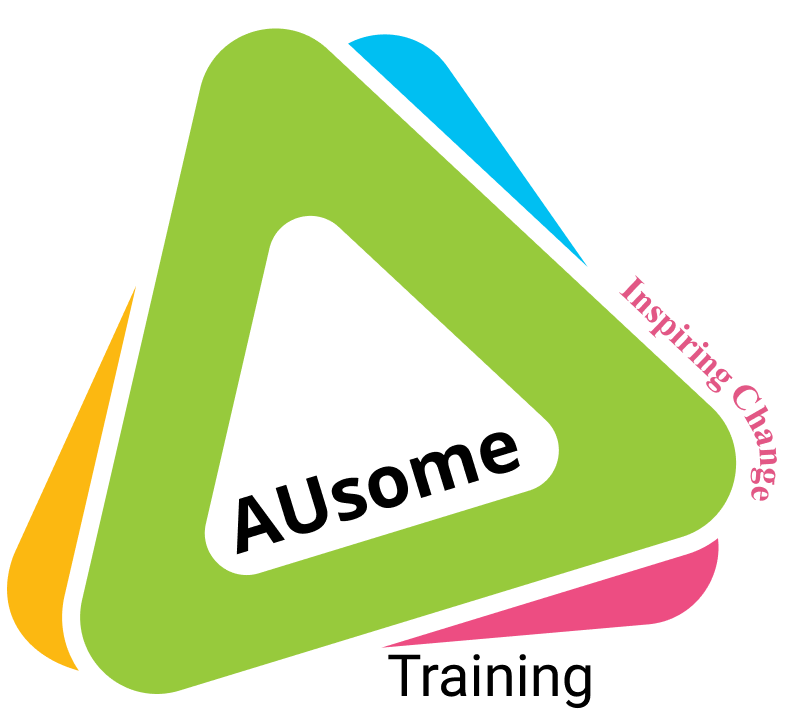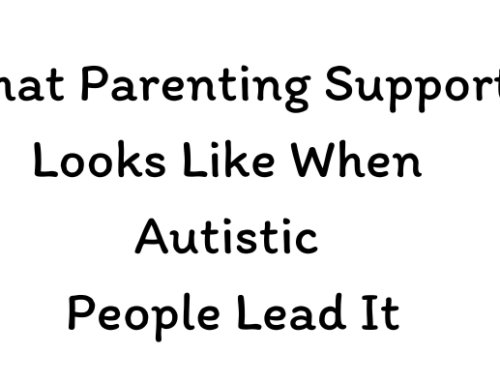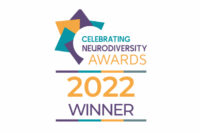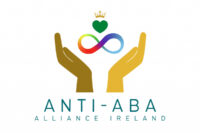We talk a lot about harmful therapies and outdated systems. But there’s something even more insidious — something baked into our everyday language:
It’s called neuroconformative communication.
And chances are, you’ve heard it. You’ve said it. You’ve been shaped by it — without even realising.
What Is Neuroconformative Communication?
Neuroconformative isn’t just a made-up term. It’s a term I coined to describe ways of acting that conform without questioning.
It’s not about dividing communication into “Autistic” and “non-Autistic.”
It’s about recognising how all humans — Autistic or not — learn to suppress parts of themselves to fit a system built on performance, hierarchy, and imagined norms.
Before I grew into a more authentic self, I communicated in deeply neuroconformative ways — because I thought I had to. And I see children doing it every day. Autistic kids being praised not for being themselves, but for masking well.
This isn’t just about therapy rooms or classroom programs.
It’s in our daily speech. In the messages we send, often with the best intentions.
Neuroconformative Phrases That Sound Harmless — But Aren’t
Here are just a few examples of everyday messages that reinforce neuroconformity:
💬 “Do you have a boyfriend?”
This sounds like small talk. But it teaches children that:
- Heterosexuality is the norm
- Romantic relationships are expected
- You should share personal details to make others comfortable
💬 “Smile, girl.”
A message packed with expectations:
- Your resting face isn’t acceptable
- Your emotions are less important than others’ comfort
- You exist to please
💬 “Be strong.”
Usually said in response to pain or upset. But what it really teaches is:
- Don’t show emotion
- Sadness is weakness
- You’ll be loved more when you suppress your feelings
💬 “Cheer up, it might never happen.”
Translation: Your current emotional state is inconvenient. Mask it.
💬 “He can’t wear a dress.”
💬 “He can’t have a doll.”
Why not?
Because gender norms are policed before a child can even speak in full sentences.
Because we feel discomfort and would rather shift it back onto the child than question why it exists.
And It Doesn’t Stop There…
🛑 “Use your words.”
— when a child is already communicating with movement, sound, or facial expression
🛑 “You’re too sensitive.”
— when someone expresses overwhelm or hurt
🛑 “Don’t overthink it.”
— when someone is showing thoughtful, layered awareness
🛑 “Let it go.”
— when a person is still processing something that mattered to them
🛑 “You’re too much.”
🛑 “You’re too quiet.”
🛑 “You’re too emotional.”
🛑 “You’re too intense.”
It’s all the same message: fit in, flatten out, don’t question the rules.
What’s the Alternative?
We need to move from neuroconformative to neuro-affirming communication.
That means:
✅ Accepting a wide range of emotional expression
✅ Listening to body language, stimming, silence
✅ Respecting communication differences without needing to “fix” them
✅ Supporting Autistic kids to find their voice — not our version of it
And it starts with us.
How We Teach Adults to Shift the Lens
At AUsome Training, we don’t teach Autistic kids how to mask.
We teach the adults around them how to listen, respond, and support in ways that affirm who those kids already are.
Our flagship course, Get Konnected, is for professionals who want to leave behind the neuroconformative messages they were taught — and learn a new framework that centres authenticity, regulation, pride, and safety.
You’ll learn:
✨ The 6 S Model
✨ How to support Autistic communication in real-life contexts
✨ How to reframe “challenging behaviour” as communication
✨ How to spot — and stop — the subtle messages that do harm
Want to unlearn neuroconformity?
📅 Get Konnected starts 10th July
🎓 25 hours CPD + 5 live group sessions
🧠 Lived-experience-led
💬 Includes guides, videos, group access & bonuses
👉 Click here to learn more and book your place
Let’s stop teaching kids to conform.
Let’s start building environments where they belong.




